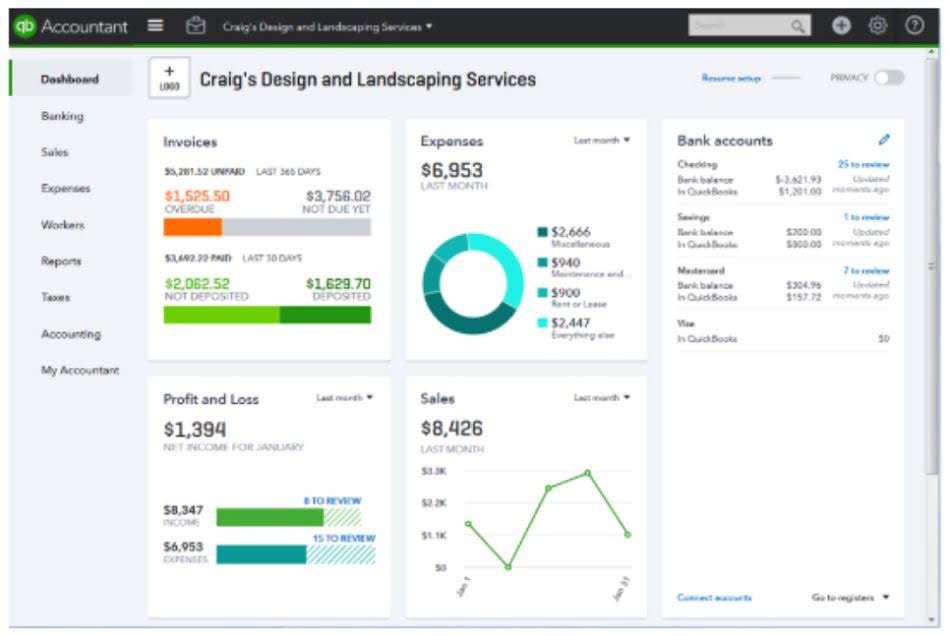
In a 1-for-2 reverse split, however, the number of shares is divided by two, while the share price doubles. Reverse stock splits often happen when a company needs to keep its share price above a certain level in order to remain in compliance with an exchange’s listing requirements. Moreover, the number of shares outstanding is extremely useful when monitoring how a company conducts its business, as things like stock splits also affect share numbers. Several factors can cause a company’s number of outstanding shares to rise or fall, with one of the most common being stock splits.
Read Form 10-K to Help You Pick Better Stocks
A company’s number of issued shares includes any shares the company has bought back and now holds in its treasury. The term “float” refers to the number of shares available to be traded by the public and excludes any shares held by company executives or the company’s treasury. Outstanding shares represent a company’s shares that are held by investors, whether they’re individual, institutional, or insiders. Investors can find the total number of outstanding shares a company has on its balance sheet. Outstanding shares can also be used to calculate some key financial metrics, including a company’s market cap and its earnings per share. They are separate from treasury shares, which are held by the company itself.
- Get stock recommendations, portfolio guidance, and more from The Motley Fool’s premium services.
- The company has 4.32 billion authorized common shares, of which 3,119,843,000 have been issued as of December 31, 2014.
- Shares outstanding refers to the number of shares of common stock a company has issued to investors and company executives.
- A company’s balance sheet provides excellent insight into its overall health.
- As a stock market beginner, it is important for you to understand key terms related to the share market.
- Bankrate.com is an independent, advertising-supported publisher and comparison service.
What Are Outstanding Shares – Its Calculation and How Do They Affect Investors
The company has 4.32 billion authorized common shares, of which 3,119,843,000 have been issued as of December 31, 2014. Next, 336,620,000 shares were held in the company’s treasury at that time, so subtracting this from the number of issued shares means that Johnson & Johnson had 2,783,223,000 outstanding shares at the end of 2014. A company’s outstanding shares may be less than or equal to issued shares. However, issued shares include those that were initially allocated to investors and those in reserve. Also, outstanding shares do not include preferred shares but issued shares do. The number of shares outstanding doesn’t really tell you all that much because a preferred share can be issued in any amount, though $25 and $100 par values are common.

Example calculation
You can find these statements in the investor relations section of corporate websites. Corporations have a certain number of authorized shares of common or preferred stock. However, just because a corporation is authorized to issue stock doesn’t mean that it has to issue all of those shares. Most of the time, corporations will tell investors how many shares of stock they’ve issued, but sometimes, it’s helpful to be able to calculate those numbers on your own. Below, you’ll find some tips on a couple of different calculation methods to determine the number of shares of stock a company has. It’s worth noting that a company’s basic number of shares outstanding can differ from its fully diluted number of shares.
- The formula for determining the outstanding shares is the number of shares outstanding x current share price.
- For example, if a company has 10 million shares outstanding and its CEO holds 2 million of those, the company has 8 million floating shares, or 80 percent float.
- An increase in common stock outstanding reduces your stake in a company you invest in.
- The number of shares outstanding used in the statement of earnings is the average shares outstanding during the period, not the ending value.
- Importantly, the number of shares outstanding is dynamic and fluctuates over time.
- The number of issued shares refers to the shares a company has issued to-date out of the maximum number of shares authorized by its board.

But this compensation does not influence the information we publish, or the reviews that you see on this site. We do not include the universe of companies or financial offers that may be available to you. A recent example of a reverse stock split is General Electric’s (GE) 1-for-8 reverse stock split during the summer of 2021. A company’s number of outstanding shares is dynamic, changing over time. If a startup issues 10 million shares out of 20 million authorized shares to an owner, and the owner’s shares are the only ones issued, the owner controls 100% of the corporation. Here’s how to find out how many shares of a company’s stock are owned by all investors.
Join Over Half a Million Premium Members Receiving…
The fully diluted number of shares indicates how many outstanding shares there could potentially be if all existing equity instruments were converted into common stock. Before their availability on the secondary market, shares are authorized, issued, and, finally, purchased by investors who became equity owners or shareholders of the issuing company. Shareholders of common stock typically possess the right how to find number of shares outstanding on balance sheet to participate in annual shareholders meetings and contribute toward the election of the company’s board of directors. The number of shares outstanding increases whenever a company undertakes a stock split. Stock splits are usually undertaken to bring the share price of a company within the buying range of retail investors; the increase in the number of outstanding shares also improves liquidity.
Generally, you won’t need to calculate this number yourself and it will be listed for you on a company’s 10-Q or 10-K filing. The calculation for common stock outstanding can seem a little daunting at first simply because so much accounting jargon is used to define and calculate it. Now that you’re equipped with this foundation of knowledge, all you need to do to figure it out is to go look it up on any company’s balance sheet in their 10-Q or 10-K filing.